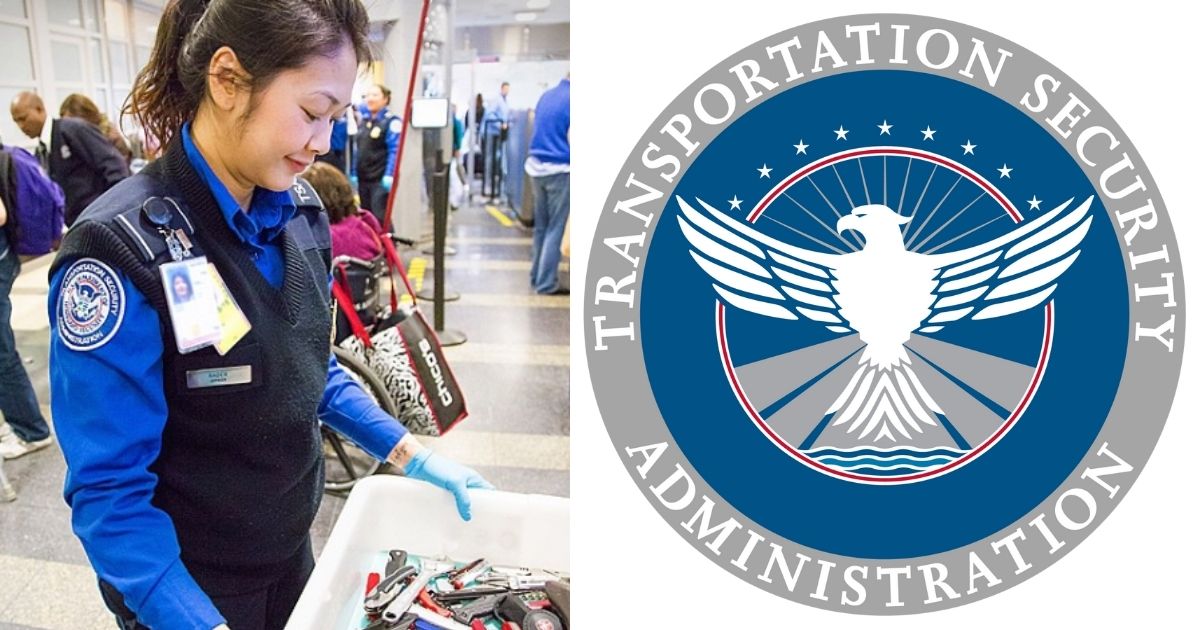Travelling is one of the greatest joys of life; however, going through airport security might not be that. Most of those who have experienced air travel have some or other stories in which TSA has made their day a tad bit difficult.
Travelers may find airport security to be a stressful process. The TSA’s 3-1-1 rule is one of the most misinterpreted rules they encounter. This regulation was put into place in 2006. The idea behind this was to improve in-flight safety after a liquid explosives plot was avoided.
According to this rule, each traveller is permitted to bring only a small quantity of liquids, gels, and aerosols. The container should not be larger than 3.4 ounces (100 millilitres) according to the 3-1-1 rule. Passengers are only permitted to bring one transparent quart-sized zip-top bag per person. These containers must fit within that bag. These essential conditions are reflected in the term “3-1-1”: 3.4 ounces, One quart-sized bag, One passenger.
The 3-1-1 rule has been in effect for almost 20 years. Yet many travellers are still unaware of it. Water bottles rank among the most frequently seized items, according to TSAs.
Perfumes, facial mists, full-size sunscreen, and other skincare products that go beyond the permitted amount are also common offenders.
#BeTravelReady this summer by remembering the @TSA 3-1-1 liquids rule! Passengers may take one quart-sized bag with liquids, gels, aerosols, creams, and pastes through the security checkpoint, as long as each item is 3.4 oz or less. pic.twitter.com/8pmtLDDhqn
— Airlines for America (@AirlinesDotOrg) July 17, 2023
Passengers are often unaware that these bottles will be seized at inspections. Therefore, passengers place these in an amenity pack or handbags.
Passengers also need to remember that a bottle with a capacity of more than 3.4 ounces will be seized. Even if the bottle is empty. TSA employees are taught to evaluate container size in addition to remaining contents.
Travellers should be aware that combustible items and volatile liquids are completely forbidden in an airport.
Did you know formula, breast milk, juice, baby food, and even liquid medications in quantities greater than 3.4 oz. are exempt to the 3-1-1 liquids rule. Make sure you remove these items from your carry-on bag to be screened separately. #TravelWithKids#TSA pic.twitter.com/Peu5EoaGEh
— explorebluetrvl (@explorebluetrvl) December 18, 2022
However, the 3-1-1 rule has a number of significant exceptions. Among the allowed liquids are larger amounts of medically required liquids such as prescription eye drops and liquid drugs. Nutritional supplements for long-term illnesses are also allowed to be carried.
Most of the time, TSA does not require a doctor’s certificate to carry these medicines. However, your medicine might have tagged components. In that case, a doctor’s certificate usually speeds up the process. To avoid such situations, it’s better to have a doctor’s note.
Disabled travellers may also bring necessary liquids for medical equipment. These would include things like cleaning solutions for mobility aids or distilled water for CPAP machines.
Food Items: Mini bottles of alcohol are allowed in carry-ons, but larger bottles must be checked in. Breast milk is exempt from 3-1-1 rule. You can even bring cakes, pies, fresh eggs, and solid cheese on board! #FoodOnAPlane
— Love Ireland (@LoveIreland3) August 2, 2023
Parents who are travelling with infants are allowed to bring juice, baby formula, and breast milk. They just have to declare them at the screening.
Duty-free liquids bought abroad are permitted as long as they are packed in a clear, tamper-evident bag. Travellers must keep the purchase receipt safe, and the transaction must have taken place in the last 48 hours. The bottle must also not show any sign of tampering.
How to Pack for a Stress-Free Trip
- Experts in travel advise doing the following to make your time at the airport easier:
- To keep TSA-approved things organized, use a clear, zipped pouch.
- To save time at the airport, prepare your liquids in advance at home.
- Travel-sized containers should be labelled to facilitate examination.
- For easy access, put the quart-sized bag in one of your carry-on’s outside pockets.
- When feasible, choose sturdy substitutes; consider toothpaste pills, shampoo bars, and sunscreen sticks.
Passengers may smooth their way through security and lessen their stress by being knowledgeable and packing wisely.













